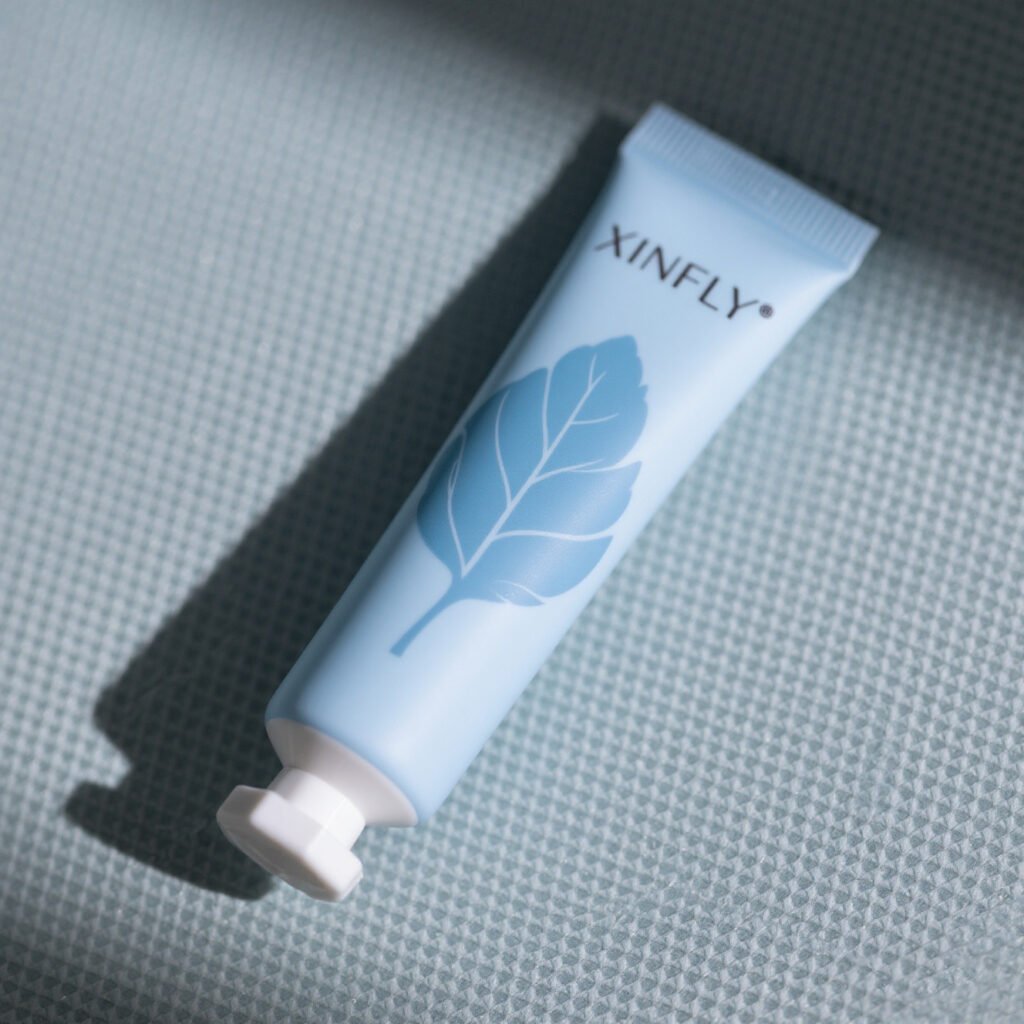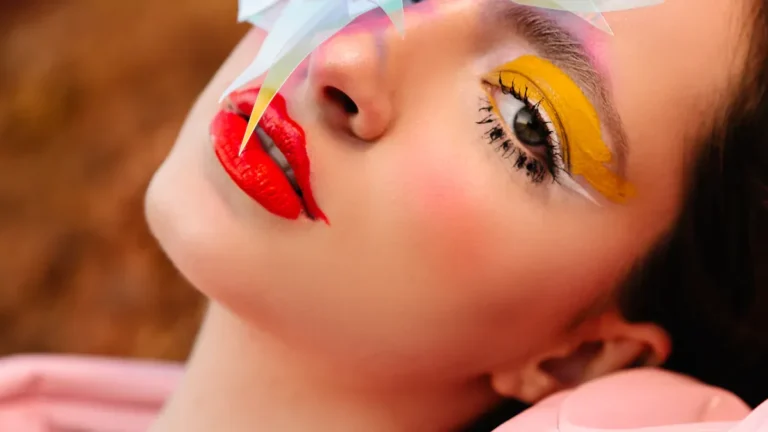How to Design Cosmetic Packaging: A Guide by XINFLY PACKAGING
When it comes to cosmetic products, packaging plays a crucial role in influencing consumer perception and driving sales. The right design can elevate a brand, ensure the product stands out on shelves, and convey the brand’s identity clearly. If you’re in the beauty industry, it’s essential to get this right.
XINFLY PACKAGING, a leading name in the cosmetic packaging industry, provides insights into how to approach designing cosmetic packaging that combines aesthetics with practicality.

1. Understand Your Brand Identity
Before diving into the visual elements of packaging, it’s important to define your brand’s personality. Are you targeting luxury, eco-conscious consumers, or budget-friendly shoppers? Your packaging should reflect these traits.
Key Elements to Consider:
- Brand Colors: Bold or subtle? Vibrant or muted?
- Logo: Prominently displayed? Or subtle and minimalist?
- Typography: Clean, modern fonts vs. elegant, sophisticated scripts.
Tip: Consistency between product design and brand identity is key to building long-term consumer recognition.
2. Functionality Matters
Beautiful packaging is important, but if it doesn’t function well, it can hurt the product experience. Think about how easy the packaging is to use, how well it preserves the product, and how convenient it is for consumers.
Consider the Following:
- Dispensing System: Does the bottle dispense easily without waste?
- Product Protection: Is the packaging sturdy enough to protect the product during transport?
- Portability: Is it easy for consumers to carry around, or does it leak?
3. Material Selection
The material of your packaging communicates a lot about your product. Choosing the right material is not just about appearance, but also about how it contributes to the environmental impact and the product’s shelf life.
Popular Materials:
- Glass: Elegant, luxurious, but heavy and prone to breakage.
- Plastic: Lightweight and versatile, but consider eco-friendly options like PET or biodegradable plastics.
- Aluminum: Often used for tubes, offering a premium feel and good preservation.
- Paperboard/Cartons: Great for eco-conscious branding, especially for secondary packaging.
Tip: Eco-friendly packaging is a growing trend. Consumers are increasingly drawn to brands that care about the environment.
4. Visual Design Elements
Now for the fun part—design! This is where creativity kicks in. Think about how your packaging will appear on the shelf and how it will compete with others in the market. It needs to be both eye-catching and informative.
Important Visual Aspects:
- Colors: Use colors that convey the mood of your brand. For instance, natural, earthy tones might work for organic beauty products, while metallic or glossy finishes suit luxury items.
- Graphics and Patterns: These should be engaging but not overwhelming. Clean lines with a well-thought-out layout can help convey the quality of your product.
- Text and Information: Keep it legible. Use fonts that align with your brand’s vibe, but don’t clutter the design. Clear labeling is a must!
5. Packaging Shape & Size
The shape of your packaging plays an important role in both aesthetics and functionality. You want your product to be recognizable, but you also need to consider ease of storage and transportation.
Key Considerations:
- Shape: Will your bottle or jar stand out in a crowd? Think of unique shapes that complement the product (e.g., a curvy bottle for a luxurious serum).
- Size: Ensure the size suits the product usage. A high-end product might come in a smaller, more compact package, while a daily-use product might need to be larger.
6. Sustainability Trends
More consumers are seeking out products with eco-friendly packaging. Many beauty brands have made the shift toward biodegradable materials, refillable packaging, and recycled content. If you’re aiming for an eco-conscious market, be sure to communicate these efforts clearly on your packaging.
Sustainability Tips:
- Use recyclable or compostable materials.
- Design for reuse (e.g., refillable containers).
- Reduce the use of plastic by opting for alternative materials like glass or bamboo.
7. Testing & Feedback
Once you have a design concept, it’s important to test it with your target audience. Gather feedback on both the aesthetics and functionality of the packaging. This will help you make any necessary adjustments before going into full production.
Testing Focus Areas:
- Visual Appeal: Does the packaging draw consumers in?
- User Experience: Is the product easy to open, use, and store?
- Durability: Does the packaging hold up to everyday use and transport?
8. Collaborate with Experts
XINFLY PACKAGING offers end-to-end packaging solutions, from design consultation to material selection and manufacturing. Collaborating with a packaging expert ensures that you get both the creative and technical aspects of packaging right.
Why Choose XINFLY PACKAGING?
- Expertise in the cosmetic industry
- Wide variety of customizable options
- Focus on sustainability and eco-friendly solutions
Conclusion
Designing cosmetic packaging is an exciting process that requires a balance of creativity, functionality, and sustainability. By following these steps and collaborating with industry experts like XINFLY PACKAGING, you can create packaging that not only stands out on the shelves but also enhances the consumer’s experience.






